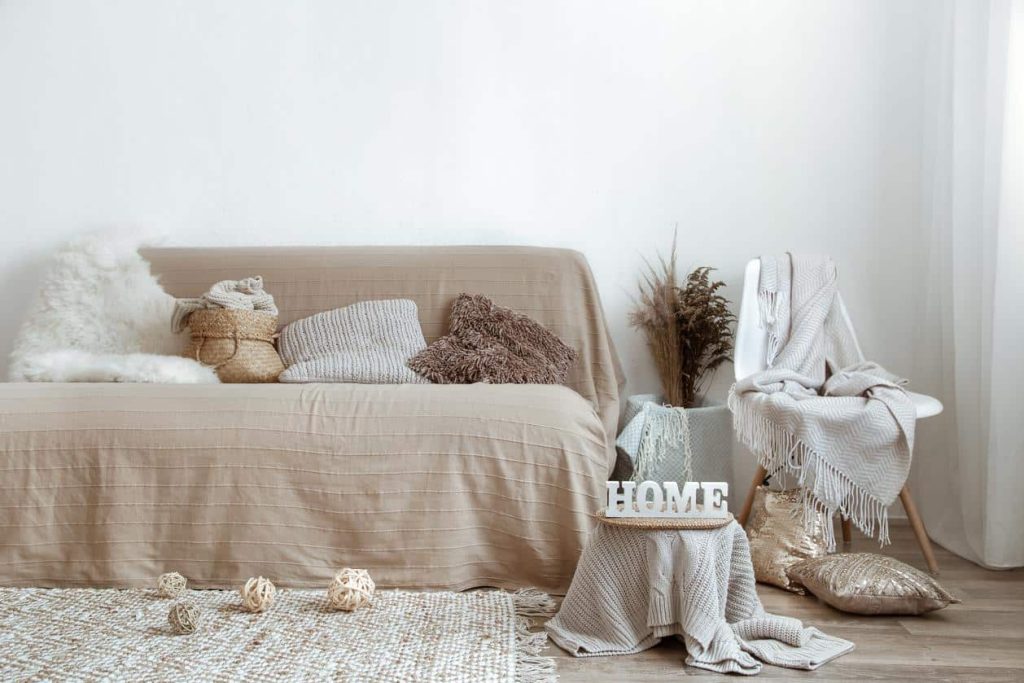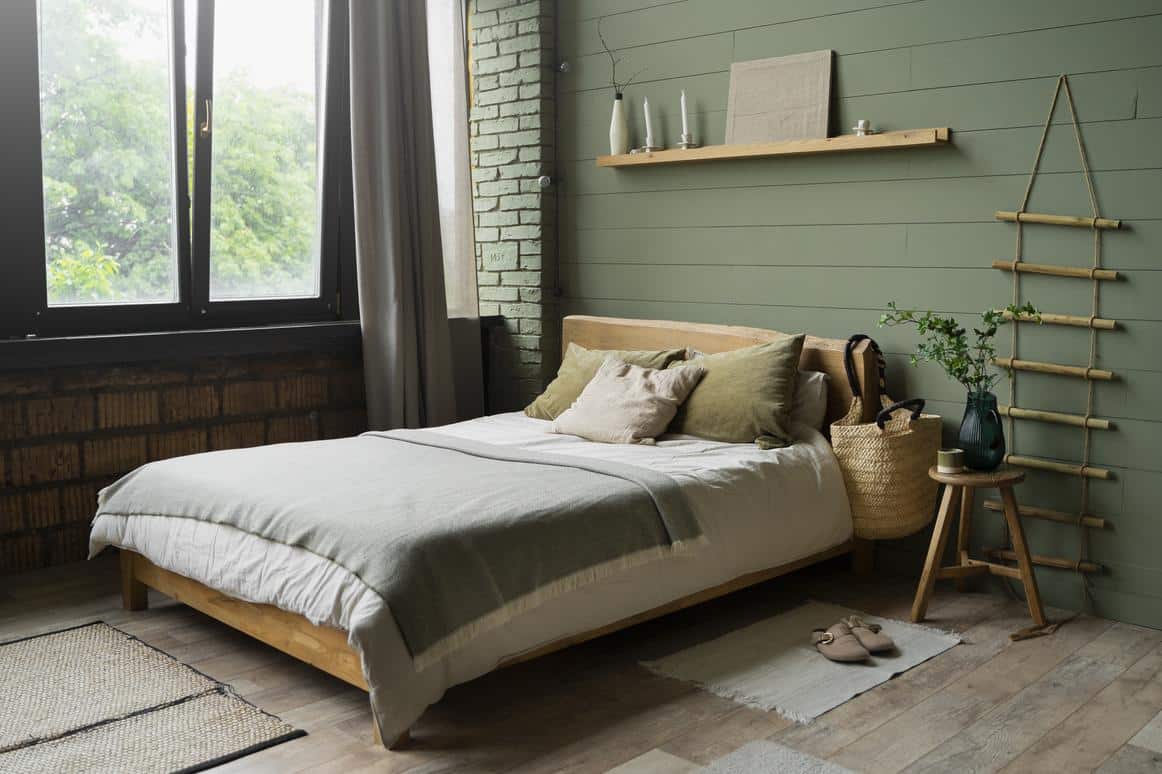Home Sweet Home – A family space serves as the heart of the home, a place where family members gather to spend quality time together, bond, and create lasting memories. To ensure that the family space meets the needs of everyone in the household, you should consider several of these key elements as essential in your planning, designing, and building stages.
- Comfortable Seating: Comfortable seating is crucial for a family space, providing a cozy and inviting atmosphere for relaxation and socializing. Sofas, armchairs, and ottomans with plush cushions and supportive upholstery are ideal for accommodating family members of all ages.
- Ample Storage: Effective storage solutions are essential for maintaining a tidy and organized family space. Incorporate a variety of storage options, such as shelves, cabinets, baskets, and bins, to keep clutter at bay and ensure that belongings are easily accessible.
- Functional Layout: A well-thought-out layout maximizes space utilization and promotes smooth traffic flow within the family space. Consider the activities and interests of family members when designing the layout, creating distinct zones for different activities such as lounging, dining, and recreation. Remember to account for devices and tools used by family members for their domestic and professional work such as an industrial machine for sewing and amending the children’s clothes and for the fashion designers at home.
- Versatile Furniture: Versatile furniture pieces that serve multiple purposes are valuable in a family space. Opt for modular furniture, such as sectional sofas with movable components or coffee tables with storage, that can be easily rearranged or reconfigured to accommodate changing needs and preferences.
- Entertainment Options: Incorporate entertainment options to cater to the diverse interests of family members. This may include a television or media center for movie nights, a gaming console for gaming enthusiasts, and a collection of books and board games for quiet evenings at home.
- Personal Touches: Personal touches such as family photos, artwork, and sentimental objects infuse the family space with personality and warmth, making it feel like home. Display these items prominently to create a sense of belonging and connection for family members.
- Adequate Lighting: Proper lighting is essential for creating a comfortable and functional family space. Incorporate a combination of ambient, task, and accent lighting to suit various activities and moods. Natural light from windows and skylights can also enhance the ambiance of the space.
- Safety Measures: Safety should always be a priority in a family space, especially if there are young children or pets in the household. Choose furniture with rounded edges, secure heavy items to the wall to prevent tipping, and use childproofing measures such as outlet covers and cabinet locks as needed.
By incorporating these elements into the design of a family space, you can create a welcoming and functional environment where family members can gather, relax, and enjoy each other’s company.
Keep These in Mind as You Design and Create A Comfortable Functional Family Space Your Wife and Kids Will Love

Designing a family space for a large family with seven children presents a unique set of challenges and opportunities. The goal is to create a space that is not only functional but also fosters a sense of warmth, coziness, and togetherness. Below, we will delve into the key considerations and strategies for designing such a space, exploring aspects such as layout, furniture selection, storage solutions, and creating zones for different activities.
- Understanding the Needs and Lifestyle of the Family:
The first step in designing a family space for a large family is to understand their needs and lifestyle. Each family is unique, and it’s essential to tailor the design to accommodate their specific requirements. For a family with seven children, factors such as age range, interests, and daily routines will heavily influence the design decisions.
- Layout and Spatial Planning:
One of the most critical aspects of designing a family space is the layout and spatial planning. With a large family, it’s essential to maximize space utilization while ensuring smooth traffic flow and accessibility. Open-concept layouts are often favored as they promote interaction and allow for flexible use of space.
Creating distinct zones for different activities can help organize the space effectively. For example, a designated play area with durable, child-friendly furniture and storage for toys can keep clutter at bay. A cozy reading nook or study corner can provide a quiet retreat for homework or reading time. And do not forget a home office for you and your wife, where you can work remotely on your online jobs in Ghana; but if that’s much, a simple work-from-home desk in a more quiet corner of the house will do just fine for starters.
- Furniture Selection and Durability:
When choosing furniture for a family with seven children, durability and functionality are paramount. Opt for high-quality, stain-resistant materials that can withstand the wear and tear of daily use. Furniture with rounded edges and soft upholstery is safer for young children and reduces the risk of accidents.
Consider investing in multifunctional furniture pieces that serve multiple purposes, such as a storage ottoman or a convertible sofa bed. This not only maximizes space but also enhances the versatility of the room.
- Storage Solutions:
With a large family comes a significant amount of belongings, from toys and games to clothes and school supplies. Effective storage solutions are essential for maintaining a tidy and organized space. Utilize built-in storage such as shelves, cabinets, and closets to make the most of vertical space.
Incorporate storage bins, baskets, and boxes that are easily accessible to children for storing their belongings. Labeling or color-coding can help younger children identify their items and encourage them to take responsibility for keeping the space neat.
- Creating a Cozy Atmosphere:
Beyond functionality, creating a cozy and inviting atmosphere is key to making the family space feel like home. Soft lighting, warm colors, and comfortable textures can enhance the overall ambiance and encourage relaxation and bonding.
Add personal touches such as family photos, artwork, and sentimental objects to infuse the space with personality and warmth. Consider incorporating elements of nature, such as indoor plants or natural wood accents, to bring a sense of tranquility and connection to the outdoors.
- Flexibility and Adaptability:
As children grow and interests evolve, it’s essential to design the family space with flexibility and adaptability in mind. Choose modular furniture that can be easily rearranged or reconfigured to accommodate changing needs and preferences. For example, your teenage daughter has become mesmerized by the apparel industry and is researching the list of fashion schools in Accra and their fees. In fact, it could be your wife returning to have earlier fashion designer dreams and is looking to polish her sewing machine skills.
So, involve your wife and the children in the design process and encourage them to contribute ideas for their space. This not only fosters a sense of ownership but also ensures that the design reflects their personalities and interests.
Not So Important: Minimise or Limit These in Your Family Space
While every family space may have unique needs and preferences, there are certain elements that may be considered less important or unnecessary in the overall design. These include:
- Excessive Decor: While personal touches and decorative elements can enhance the ambiance of a family space, excessive decor can lead to clutter and visual overwhelm. Avoid overcrowding the space with unnecessary knick-knacks or decorative items that serve no practical purpose.
- High-End Finishes: While high-end finishes and luxury materials may add a touch of elegance to a family space, they are not essential for creating a functional and inviting environment. Opt for durable and budget-friendly materials that can withstand the rigors of daily use and are easy to maintain.
- Formal Dining Area: In many modern households, formal dining areas are becoming less common as families prefer casual and flexible dining arrangements. Instead of allocating space for a separate dining room, consider incorporating a dining area within the family space that can accommodate both everyday meals and special occasions.
- Unused Space: Every square foot of a family space should serve a purpose and contribute to the overall functionality of the room. Avoid wasting valuable space on areas or features that are rarely used or serve no practical function. Instead, focus on maximizing space utilization and creating zones for different activities.
- Overly Trendy Design: While it can be tempting to incorporate the latest design trends into a family space, overly trendy design elements may quickly become outdated. Instead, opt for timeless and versatile design choices that can stand the test of time and adapt to evolving family needs and preferences.
- Excessive Technology: While technology can enhance the entertainment and convenience of a family space, excessive reliance on gadgets and electronics may detract from the quality of family interactions. Strike a balance between technology and offline activities, creating opportunities for face-to-face communication and bonding.
- Formal Seating Arrangements: In a family space, comfort and flexibility should take precedence over formal seating arrangements. Avoid rigid seating configurations that limit movement and interaction. Instead, opt for comfortable and versatile seating options that can accommodate the whole family and encourage relaxation and togetherness.
By prioritizing functionality, comfort, and flexibility in the design of a family space, you can create a welcoming and harmonious environment where family members can gather, connect, and create cherished memories together.
So, in Conclusion:
Designing a cozy and functional family space for a family with seven children requires careful planning and consideration of their unique needs and lifestyle. By prioritizing durability, organization, and creating a warm and inviting atmosphere, it’s possible to create a space where the entire family can gather, connect, and make lasting memories together. With thoughtful design choices and a focus on flexibility and adaptability, the family space can evolve alongside the growing and changing needs of the family, providing a comfortable and nurturing environment for years to come.



